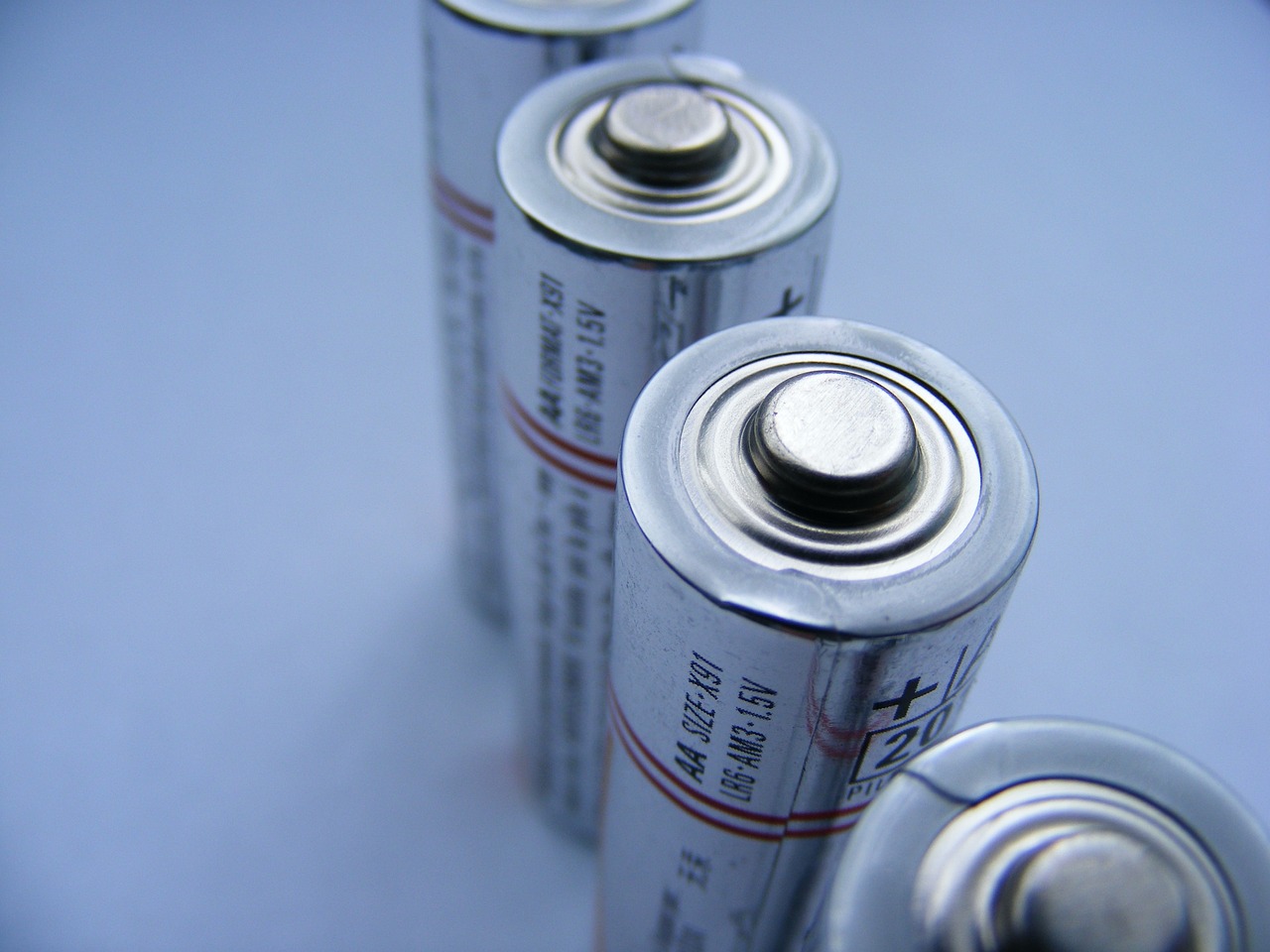This post is also available in:
 עברית (Hebrew)
עברית (Hebrew)
At CES 2025, electric motor innovator Donut Lab unveiled its latest advancement: the second-generation in-wheel drive unit, a design that could redefine how electric vehicles (EVs) are built. The new motor features a unique central “hole” that allows it to fit directly into the wheel, offering significant reductions in weight while boosting power and torque.
The traditional EV design has been largely influenced by internal combustion engine (ICE) vehicles, simply due to the fact that this is how cars have always been designed. However, by eliminating the need for a conventional motor housed within the vehicle’s body, more space is freed up for elements such as passenger seating and cargo. Donut Lab’s in-wheel motor offers more design freedom that could lead to exciting new vehicle concepts, giving rise to novel designs.
According to Interesting Engineering, the new in-wheel motor is impressively compact, fitting into a 53-cm hoop, and delivers 630 kW (845 horsepower). Despite its high power output, the motor weighs just 40 kg. This weight reduction allows for increased driving range, and when multiple Donut Lab motors are used, the need for other traditional components is eliminated, further contributing to weight savings.
In addition to enhancing vehicle design and performance, Donut Lab’s in-wheel motors are also more affordable to produce. The company claims its motors are up to 50% cheaper to manufacture, thanks to their fewer parts, which could make electric vehicles more accessible to a broader market.
While the in-wheel design offers clear advantages, there are some trade-offs. The added weight of the motor in the wheel increases unsprung mass, which could impact handling and braking performance. Donut Lab is also exploring a semi-truck version of the motor, delivering 200 kW and 3,000 Nm per wheel.
As the company pushes forward, Donut Lab’s in-wheel motors may significantly influence the future of EV technology, offering both better performance and lower costs for manufacturers and consumers alike.


























